- AI

Artificial Intelligence

Smart Products & Services
We follow Smart Products & Services

Intelligent Business Functions & Processes
We follow Intelligent Business Functions & Processes

Robotic Process Automation
We follow Robotic Process Automation

Personalized
healthcareWe follow Personalized healthcare

Identifying at-risk patients
We follow Identifying at-risk patients

Optimized routing and scheduling
We follow Optimized routing and scheduling
- ML

Machine Learning

Predictive
AnalyticsWe follow Predictive Analytics

Service Personalization
We follow Service Personalization

NLP
We follow NLP (Natural Language Processing)

Stock Market Forecasting
We follow Stock Market Forecasting

Fraud Prevention
We follow Fraud Prevention

Recommender engines
We follow Recommender engines
- blockchain
- IOT

Internet of Things
- AR
- Business Solutions
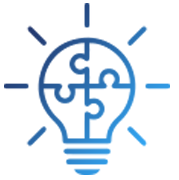
Business Solution

Business Performance Management
We follow Business Performance Management

Decision Making & Big Data Analytics
We follow Decision Making & Big Data Analytics

Enterprise Data Management
We follow Enterprise Data Management
- Apps

Apps

Native Apps
We follow Native Apps

Cross Platform Apps
We follow Cross Platform Apps

Web Apps
We follow Web Apps

Hybrid Apps
We follow Hybrid Apps

Cloud Native Apps
We follow Cloud Native Apps
- Lab
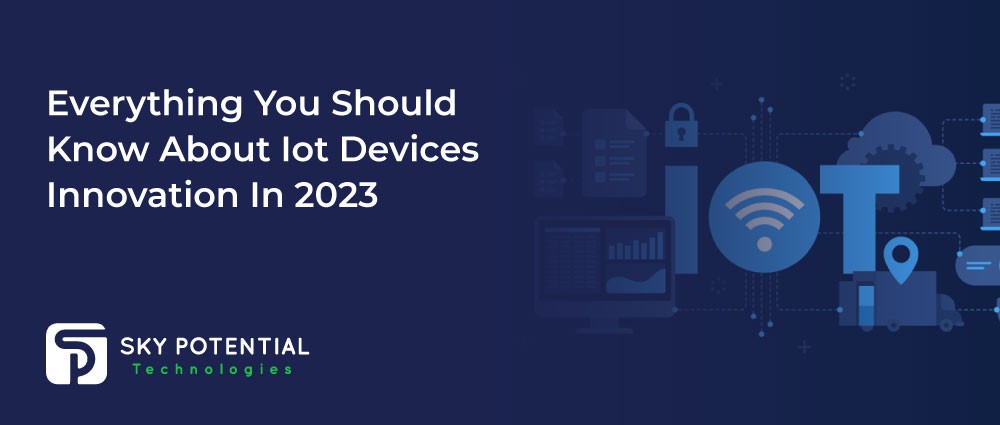
Everything You Should Know About Iot Devices Innovation In 2023
Over the past few years, the Internet of Things (IoT) has drawn a lot of attention, particularly from the academic and industrial worlds. The potential capabilities that IoT devices innovation consultancy, presents to its users are the only factor contributing to this fame. On a personal level, it paints a picture of a future world in which everything is connected to the internet so that it may speak with other things and take intelligent acts.
IoT’s primary goal is to enable the ubiquitous things in our lives to detect their surroundings and communicate effectively, resulting in a world where all devices respond to our needs and preferences. Furthermore, these objects ought to accomplish this on their own without any special guidance.
What Can We Anticipate In 2023?
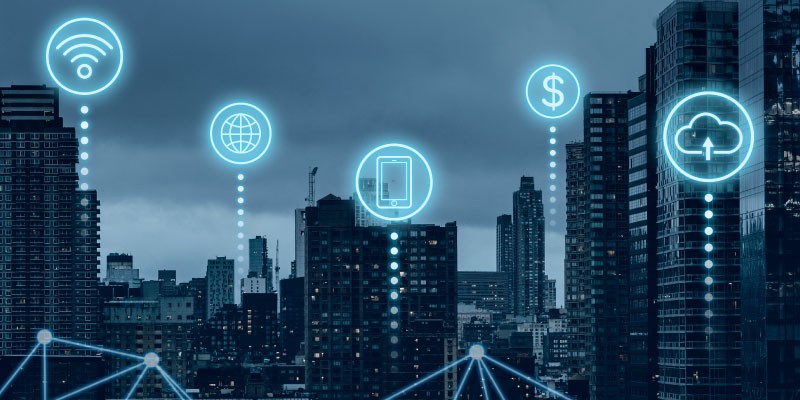
More growth is the quick response to that. With an estimated 30.9 billion installed IoT devices by 2025, IoT is anticipated to continue its rapid growth in 2023. This is due to a substantial forecast of increasing investment, which will result in more than $1 trillion being spent on IoT technologies in 2023. This results in increased incentives for creating IoT hardware and creating and implementing the fast expanding IoT software.
Consider that IoT technologies are being adopted more quickly internationally than electricity and telephones were historically. This will help put the rapid adoption of IoT technologies into context. Technology does indeed advance proportionately, but over the coming years, the usage of IoT is expected to rise tenfold faster than that of current technology.
By 2025, this corresponds to a market value growth of $6 trillion, easily outpacing previous technical advancements.
What Patterns Are Fueling This Expansion?
IoT will undoubtedly continue to grow in 2023 due to a variety of trends. The trends that will have the biggest influence have been broken down here.
Remote Observation
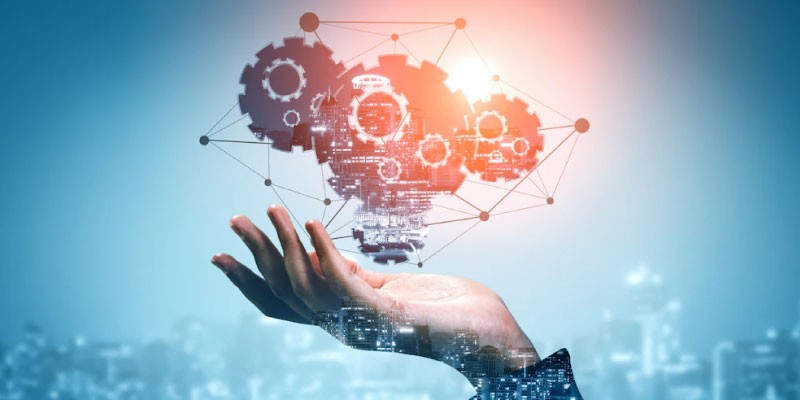
Managed Service Providers (MSPs) can remotely monitor IT systems and, if necessary, take control of them, enabling a variety of useful actions. For instance, remotely updating devices with new software or tracking a managed device’s behaviour for performance monitoring and troubleshooting.
According to a McKinsey analysis, the COVID-19 epidemic sped up the adoption of digital technology by about seven years. This is mostly due to the fact that lockdowns prompted the demand for remote analysis and automation of processes in the context of remote monitoring.
These technical advancements were necessary but have been kept even as the pandemic’s importance starts to fade.
Additionally, the IoT’s remote monitoring component has been used to track machine performance, automatic learning, building occupancy levels, structural integrity, and other factors, making it one of the technology’s most significant effects by 2023.
Data Evaluation
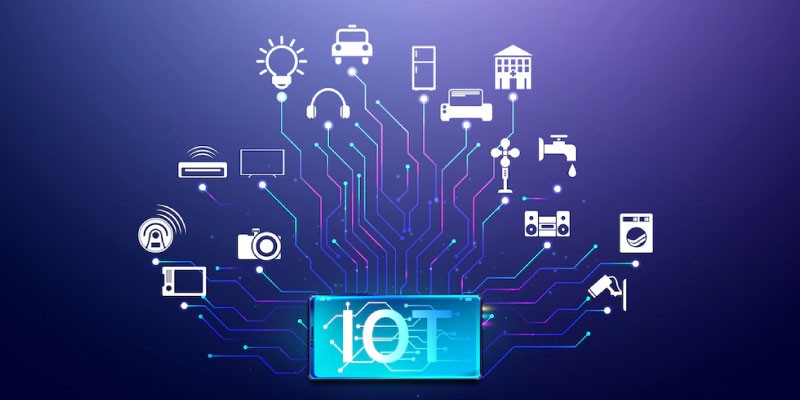
Data is one of the most crucial strategic tools in a company’s toolbox since it enables stakeholders to plan and carry out their strategies with the support of sure predictions of the future.
It is evident that IoT has a lot to offer for the development of data gathering and analytics in a number of ways, with the buying and selling of IoT data projected to become even more crucial in 2023.
The adoption of IoT devices in the supply chain industry serves as a prime illustration of this. Businesses can prevent crises and lessen their impact by having supply chain components collect data from interaction points and send it rapidly, allowing supply networks to continue operating normally.
IoT data can potentially be utilised in marketing to better serve customers. Businesses may track their consumers’ behaviour and preferences by using household IoT devices like virtual assistants and smart metres, which enables them to adjust their following marketing campaigns.
Shrewd Cities
IoT data collection methods have been included into smart cities in recent years. The objective is to offer a more efficient way to govern a metropolitan area that is also financially and environmentally sound. This is expected to remain a significant IoT trend until 2023. In order to gather and analyse data, smart cities use programmes like connected sensors, lighting, and metres. The data is then put to use to modify and enhance infrastructure and utilities.
The advancements surrounding digital twins, which are virtual replicas of actual items, are an exciting component of the development of smart cities. Bentley Systems and GPS Lands Singapore’s collaboration to create a digital duplicate of the entire city of Singapore is an illustration of this in action.
In order to monitor everything from traffic to bridge maintenance and to simulate floods for emergency preparation, it integrates data on buildings, transportation, parks, drainage, and more.
Healthcare

Innovative healthcare solutions were attracted as a result of the pandemic, and this is expected to be a major IoT trend in 2023. IoT has permeated beyond business-level breakthroughs to consumer and patient realities, as seen in the creation of specialized medical smart gadgets such fitness bracelets, watches, smart scales, and pressure gauges.
These tools have the advantage of being able to analyse and send extremely exact readings of the body’s basic signs, enabling treatment to be adjusted accordingly. They can also make it possible for a medical expert to evaluate the effectiveness or side effects of the treatment they have given, narrowing the gap between treatment and response on both ends.
Iot Security Is A Major Concern
In 2023, the surface area would undoubtedly increase due to the development of IoT, giving attackers a much wider field of attack. IoT devices frequently lack user education, and they can be lost or stolen relatively easily, giving unauthorised users access. These factors provide significant security threats.
It might lead to a rise in the frequency of botnets. In order to disrupt a target’s server, network, or service, distributed denial-of-service (DDoS) assaults, which aim to overload a target’s server, network, or service with a flood of internet traffic, are frequently launched from these networks of hijacked devices controlled by cybercriminals. DDoS assaults use a variety of compromised systems, including computers and IoT devices, as sources of attack traffic.
Conclusion
The connection and communication between various devices connected to the Internet collectively known as the “Internet of Things.” This problem affects all startup founders, but not everyone completely comprehends it. We utilize a wide range of other smart gadgets in addition to our desktop and laptop PCs. They facilitate our social interactions. Looking for software Development Company in London, contact Sky Potentials.



















































Leave a Reply